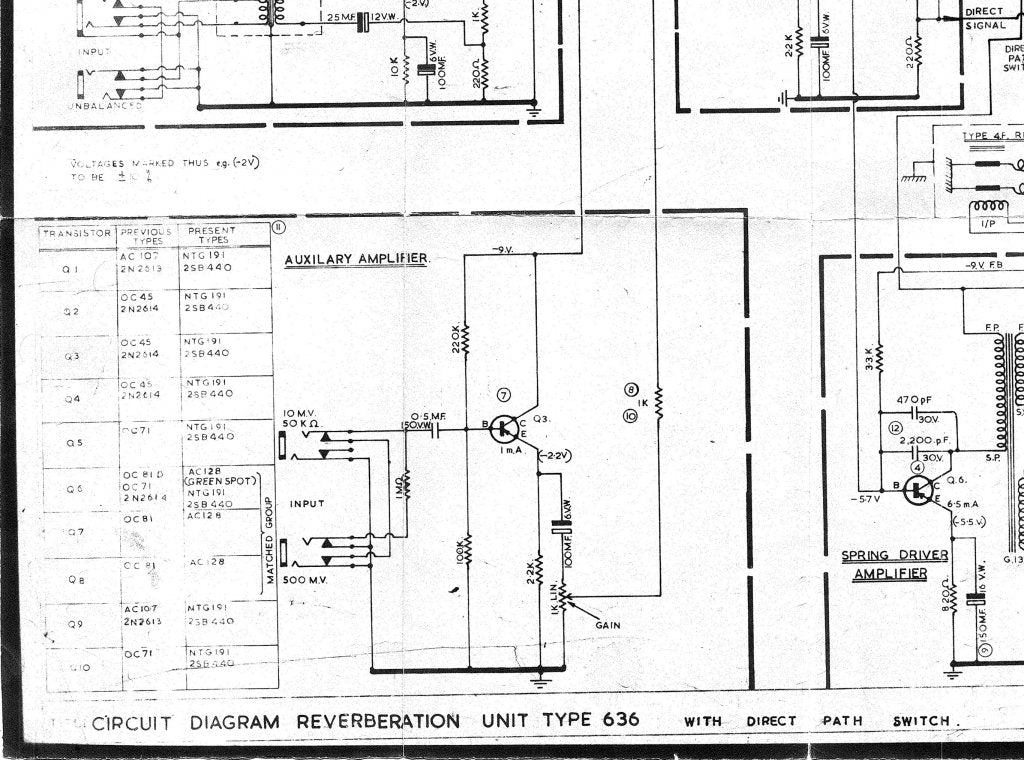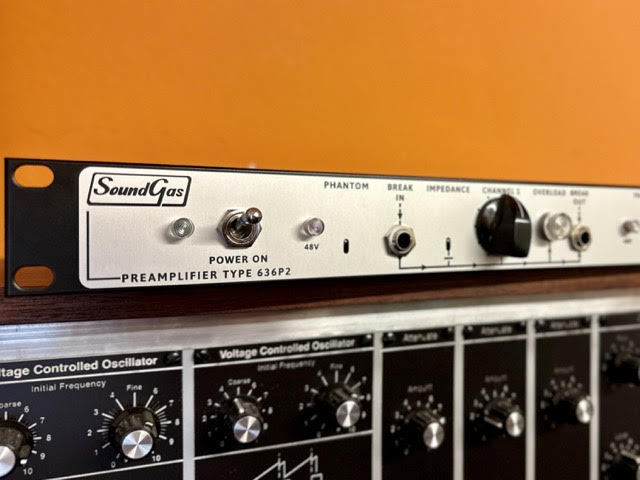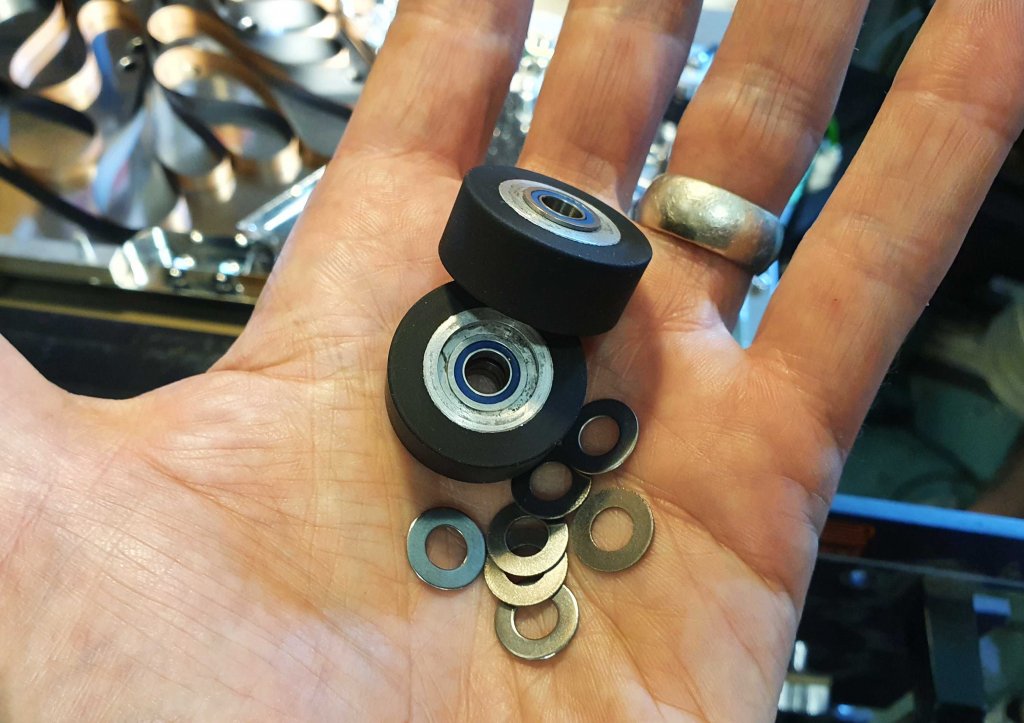
Grampian Direct Signal Path (Wet-Only) Modification
Original instructions, plus pdf of the schematic below.
The following has been reproduced into a searchable format from this original scan of the Grampian Recorders Instruction sheet and is for general information. Apart from fixing a couple of typos, they have not been altered or edited and we can accept no responsibility for the accuracy of the notes below. Any work undertaken on your Grampian should only be done by a qualified technician with experience working on this era of technology.
We’ve also reproduced the rest of Grampian Operating Instructions.
These were given to us to distribute and are free to use; however if you use, re-post or share them then please add a credit and a back link.
====
GRAMPIAN REVERBERATION UNIT TYPE 636
MODIFICATION OF THE UNIT TO PROVIDE A DIRECT
SIGNAL PATH SWITCH (DRG. Mos. D-4621, D-5005)
PURPOSE:
Fitting this switch enables the direct path signal through the unit to be eliminated. This is necessary when the type 636 is to be used as a reverberation facility in conjunction with professional sound mixing equipment.
WARNING:
This modification requires alterations to be made to the internal circuit, and drilling of the front panel. Unless the owner of the unit is familiar with electronic servicing and feels confident of his ability to undertake the work, he is recommended to return the instrument to the Grampian Service Department for modification. A charge will, of course, be made for this work.
COMPONENTS:
The following components are required:
Resistors. 1/2 watt carbon (Manganite type S or similar)
1 – 2.2 K ohm
1 – 3.3 K ohm
1 – 33 K ohm
Capacitor, 100µF, 6V.wkg (Hunts type PW 104. or similar)
Switch. Single pole toggle type (Cutler-Hammer 8280/K16 or similar)
CIRCUIT CHANGES:
The circuit diagram No. D-4621 shows the original configuration, and the circuit diagram No. D-5005 shows the new arrangement of the coupling components between the Buffer and Output amplifiers. These diagrams are available on request, but the serial number of the instrument must be quoted when making application.
The modification is made in the way shown for two reasons:
- Operation of the direct path switch does not alter d.c. circuit conditions.
- When the direct path signal is switched off, the level of the reverberant path signal is increased by about 6 db to ensure that the output circuit is fully driven.
MODIFICATION DETAILS:
The toggle switch is fitted through the front panel about 2″ to the left of the “reverberation” control. To drill the panel and escutcheon it is safer to detach them from the instrument.
The 5.6 K ohm coupling resistor between the buffer and output amplifiers is on the underside of the circuit board. This component must be removed, and the new components added an the top (copper foil) side of the circuit board.
Connection between the switch and the circuit board should be via about 6 inches of screened lead, the screen being earthed.
============
We have also uploaded the original schematic for this modification:








